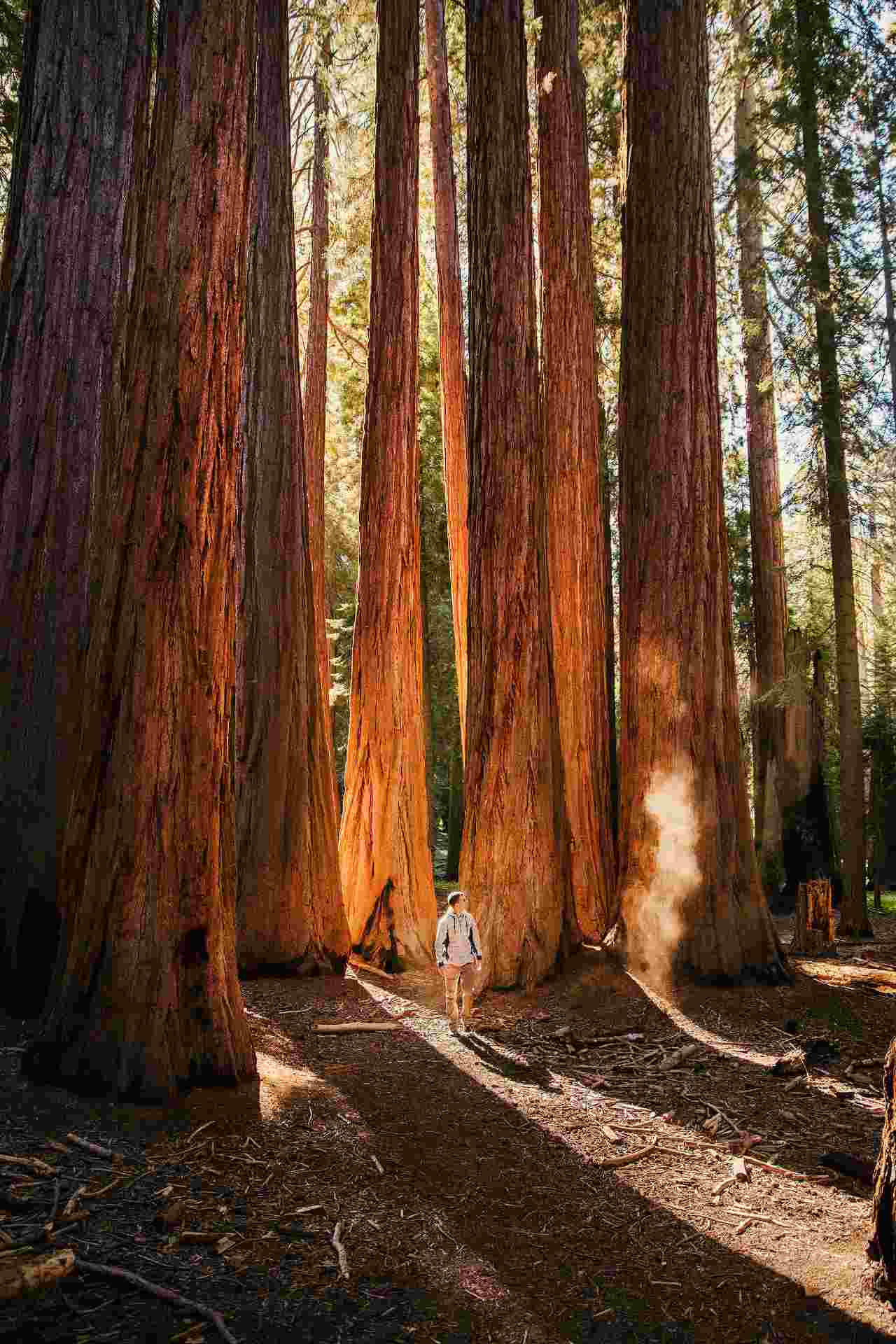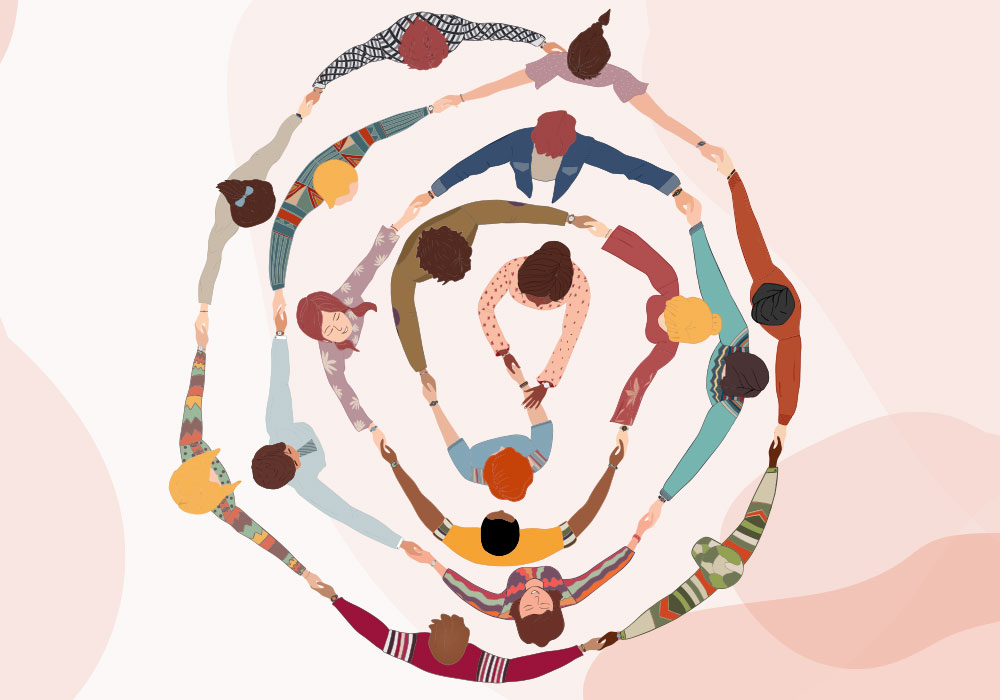Roots that strengthen office teamwork
“Interdependence is a higher value than independence”, says Stephen R. Covey in ‘The Seven Habits of Highly Effective People’ (Planeta, 2015). Teamwork increases efficiency and opens the door for different minds to focus on the same project.
In previous articles, we’ve already discussed the role that good teams play in employee job satisfaction. Building quality and trusting relationships with your colleagues makes everyone strive for a shared goal that will lead them all, leaving no one behind, to achieve success.
Just as in sport, when building a team, its members must be committed to more than just supporting each other. As in the example of the Sequoias’ work team, they must be prepared for the unexpected and be willing both to push each other when they must, and to take advantage of the opportunities others give them.
Choosing the right members for the right team
Building a good team takes time and effort. Just as not all the pieces of a puzzle fit together in the same way, you have to know which partner works with whom – and for which particular task. You need to combine diverse and compatible personalities.
Differences between people are a plus when it comes to team building. They make it much easier to come up with innovative and creative ideas. In addition, each of us stands out for possessing certain skills. That’s why it’s important to build groups where the experience or qualities of its members can contribute new points of view to the rest.
In this sense, the role of managers is fundamental. Not only must they be aware of the uniqueness of each individual employee, but they must also be aware of the foundations that are necessary for a team to achieve success in a functional and harmonious way when it’s entrusted with a project.
Faster and more reliable results
Two heads are better than one. That’s not just our opinion, it’s how the saying goes. Teamwork is about pooling available resources to achieve a common goal. This often leads to better results because the team not only presents the ideas, but also the members themselves evaluate, discuss and modify them until they reach a result that satisfies everyone.
“Teamwork is about pooling available resources to achieve a common goal”.
This process helps reducing the time needed to achieve success. And the less time someone spends on a project means that they can take on more projects, which essentially leads to improved efficiency. This helps a company save resources and, at the same time, become more competitive.
Inclusion and team motivation
Partners must be willing to learn from each other, to understand each other and to listen to each other. It will be essential for everyone to understand that not everyone in the group is the same. Some people will be faster, others will be more decisive, or perhaps there will be those who, by investing twice as much time, will achieve excellent results.

